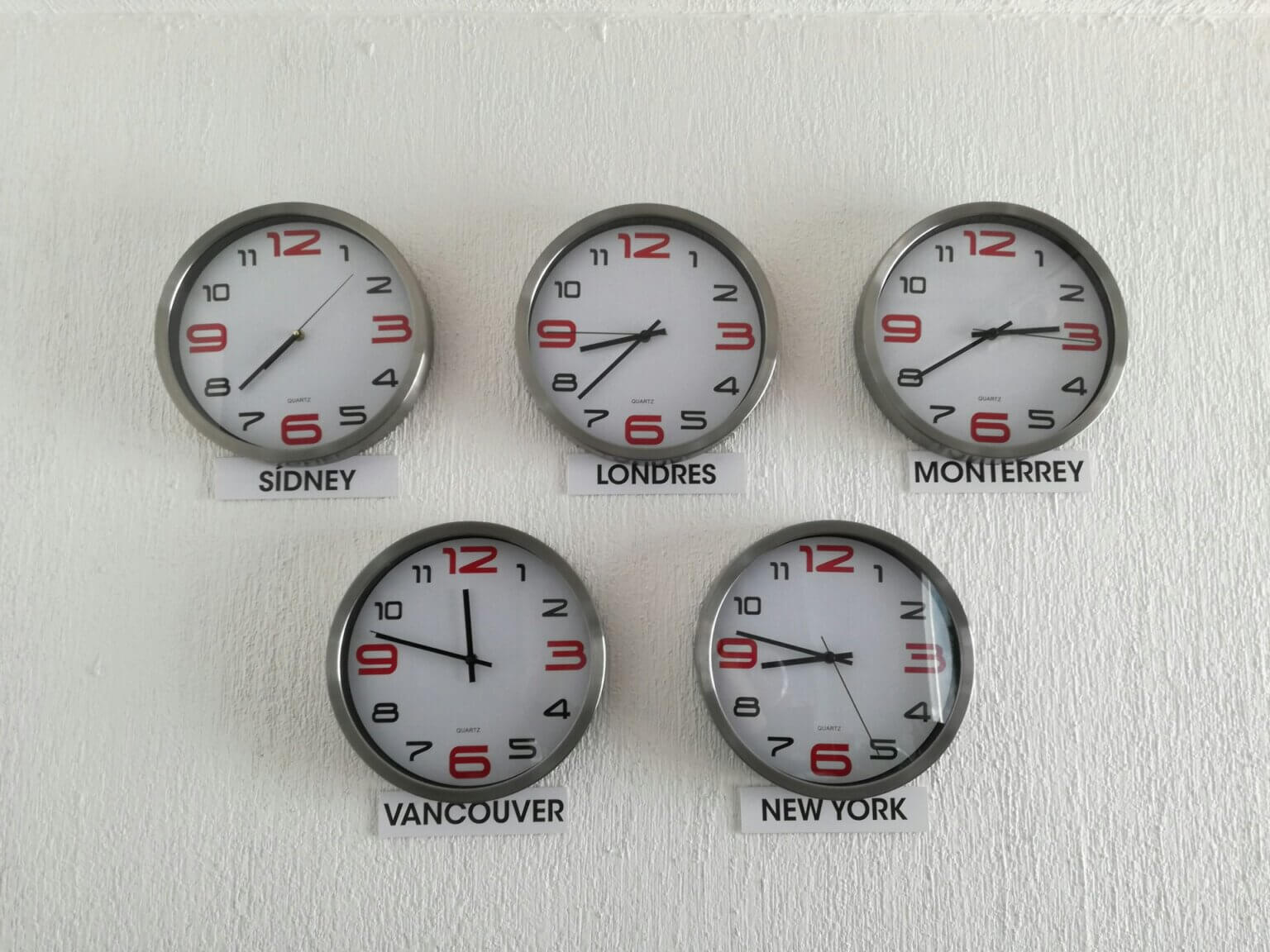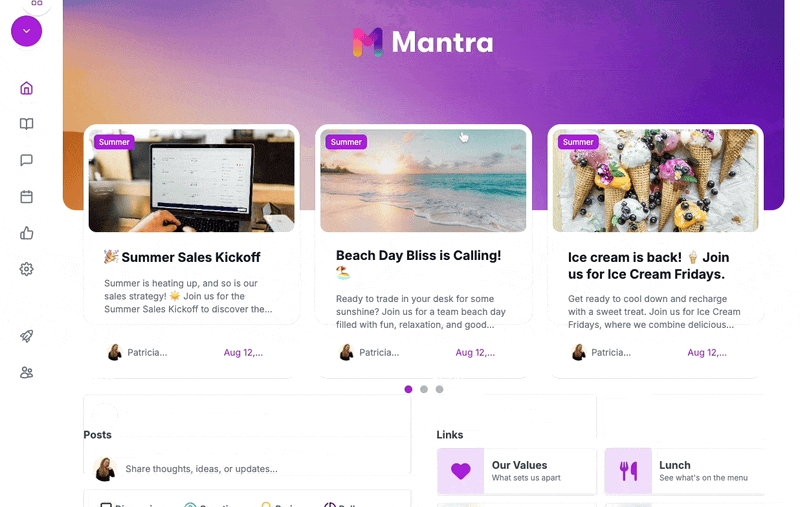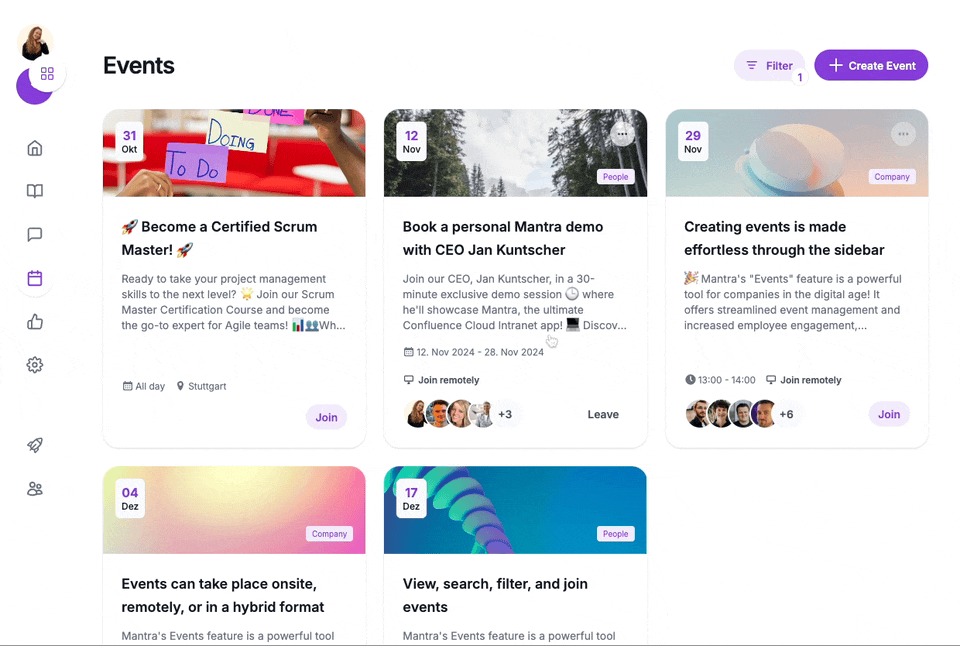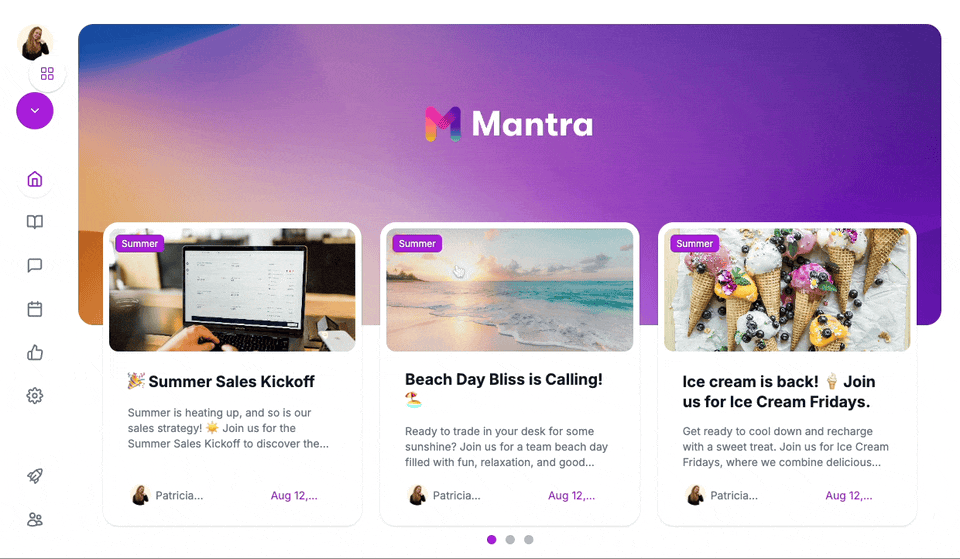Effortless Team Collaboration Across Different Time Zones
There’s incredible potential in teams working across different time zones, but also some challenges. To help you and your teams thrive, we’ve gathered some best practices!
Table of Contents
You probably don’t want to wake up at the crack of dawn just to sync with a teammate halfway across the globe. Or stay late at the office to make a late-night meeting. But did you know that companies with team members in different time zones experience a 25% increase in project delivery times versus those working in the same zone?
To achieve these results, the organization of teams across different time zones must be carefully planned and well-structured. In this article, we’ll show you the benefits of having a team that operates in various time zones, and outline strategies you can implement to maximize performance while keeping your employees happy.
The Benefits of Teams Working Across Different Time Zones
While time zone differences may seem like an obstacle at first glance, they offer unique advantages that can significantly boost your team’s productivity and efficiency. One of the greatest benefits of having employees spread across different time zones is the ability to create a near-24-hour work cycle. When one team finishes its day, another team in a different time zone can pick up where they left off, ensuring continuous progress without the need for overtime or extended shifts.
This approach, often called a “follow-the-sun” workflow, allows companies to meet tight deadlines without overburdening any one, team or individual. Moreover, this global team setup helps distribute the workload more evenly, reducing stress and burnout.
Here are some additional benefits of working with teams spread across various time zones:
-
Access to Global Talent: By expanding recruitment to different time zones, companies can tap into a diverse talent pool, ensuring they hire the best candidates, regardless of location.
-
Increased Flexibility and Innovation: With team time zone diversity, employees can work at their most productive hours. This flexibility has been shown to improve overall team performance and innovation. For example, GitLab, which operates entirely remotely across multiple time zones, reports a significant 90% of its employees working asynchronously, resulting in higher productivity and employee satisfaction.
-
Improved Collaboration Efficiency: When teams effectively manage time zone differences, collaboration can thrive. According to Harvard Business Review, organizations that adopt time zone management strategies experience a 40% boost in collaboration efficiency.
-
Reduced Overtime and Burnout: Teams working across different time zones can often avoid the need for overtime or late-night shifts.

Challenges of Managing Teams Across Different Time Zones
While there are clear benefits to having a team spread across various time zones, it also presents a unique set of challenges:
1. Scheduling Difficulties
Coordinating meetings across multiple time zones can be one of the biggest headaches for global teams. When you have people in Europe, the U.S., and Australia, finding a time that works for everyone can feel impossible. A report by Buffer highlights that 20% of remote workers struggle with time zone challenges, often leading to overlapping or inconvenient meeting times.
2. Communication Delays
Time zone differences mean that team members aren’t always available at the same time. This can lead to frustrating delays in communication, especially when quick decisions are needed. If a question arises, team members may need to wait hours or even an entire day for a response, slowing down the workflow.
3. Asynchronous Workflows
While asynchronous communication can be a great solution, it’s not without its own challenges. It requires clear documentation and strong organizational skills to ensure that no important details are missed.
4. Cultural Differences and Work Habits
Beyond just time zones, global teams often face challenges related to cultural differences. Varying work habits, holidays, and communication styles can create misunderstandings if not properly addressed. For example, in some cultures, direct feedback is expected, while in others, it might be seen as impolite. Read our article on breaking down those communication barriers.
5. Burnout and Work-Life Balance
While time zone diversity offers the potential for flexibility, it can also blur the boundaries between work and personal life. Some employees might feel pressured to extend their work hours to accommodate others in different time zones, leading to burnout over time.

As you can see, there’s incredible potential in working across different time zones, but it also comes with its challenges. To help you make the most of it, we’ve gathered some best practices and strategies to maximize the benefits while avoiding the pitfalls.
Best Practices for Working Across Time Zones
Here are some practical tips to help:
1. Understand How Time Zones Work
A crucial first step to effectively managing teams in various time zones is to understand the time differences. While this may sound obvious, time zone calculations can sometimes get complicated, especially with daylight saving time (DST) changes. Teams can use tools like time zone converters or simply rely on their built-in smartphone clock apps that show world times, to help ensure they schedule meetings appropriately.
2. Leverage Asynchronous Communication
When working with teams in different time zones, real-time communication isn’t always feasible. That’s where asynchronous communication comes in handy. Tools like Confluence are invaluable for keeping everyone in the loop. But to take it further, there is Mantra Intranet for Confluence Cloud. It’s News Feed and Post Sections allow your team to share updates, tasks, or progress reports for others to catch up on when they log in. No need to sync in real-time—your work moves forward even while other teammates are sleeping.

3. Utilize a World Clock for Scheduling Meetings
Instead of playing calendar ping-pong, use a world clock to find mutually convenient meeting times. Having a real-time overview of everyone’s working hours ensures that meetings are scheduled when everyone is at their freshest. This avoids unnecessary early mornings or late nights.
4. Ensure Clear Documentation for Smooth Collaboration
Without regular face-to-face time, having well-documented processes is crucial to making sure no one falls behind. Platforms like Confluence are great for this, allowing you to centralize all your documents and notes.
5. Establish Clear Communication Guidelines
To avoid misunderstandings, set clear communication expectations. For example, which platform is used for urgent questions? How should team members indicate their availability? This helps smooth over any communication delays caused by team time zone gaps and creates a more seamless workflow.
6. Respect Local Time Zones
It’s essential to respect each team member’s local time zone and working hours. Encourage flexibility and balance by setting reasonable expectations—no one should have to sacrifice their personal time for meetings or collaboration efforts.
7. Rotate Meeting Times
If your team is working in multiple time zones, be sure to rotate meeting schedules to share the burden. Don’t always ask one team to take the late-night or early-morning slot. This demonstrates that everyone’s time is equally valued.
8. Ask yourself, “Does this really have to be a meeting?”
Let’s face it: not every task or conversation needs to be hashed out in a live meeting. If you want to minimize Zoom fatigue and respect your team’s time across time zones, check if the topic could be communicated asynchronously via chat or your social intranet.

The Right Tools for Time Zone Collaboration
When you’re managing a team scattered across different time zones, the tools you use can make or break your workflow. If your team already uses Confluence Cloud for knowledge sharing, it’s time to take things up a notch with Mantra, the ultimate social intranet solution. Mantra is 100% integrated into Confluence, meaning you don’t have to switch between apps or deal with complicated setups to stay connected, aligned, and productive — no matter where in the world your team is.
Here’s how Mantra can help you nail time zone collaboration:
1. Event Planner: Plan, Schedule, Repeat
Mantra’s Event Planner lets you schedule events and meetings with your entire team — all within your existing Confluence setup. It syncs seamlessly, so whether it’s a global kickoff meeting or a quick virtual coffee break, you can make sure everyone’s time zone is considered. Plus, you can set reminders and notifications so no one misses out.

2. Post Updates, Share News, Keep Everyone in the Loop
Working across time zones means asynchronous communication is key. Mantra’s Posts and News Feeds allow your team to share updates, project progress, and company news without needing to jump on a live call. Employees can catch up when it suits their schedule — perfect for those who are 8, 10, or 12 hours ahead (or behind).

3. Custom Workspaces for Global Teams
Mantra’s Workspaces can be customized for each team, location, or department. This means employees can access information and updates that are specifically relevant to their work, without getting bogged down by irrelevant content. Whether you’re working from Europe, Asia, or the Americas, Mantra keeps things organized and easily accessible.

4. Centralized Knowledge Hub
Mantra transforms your Confluence Cloud into a fully integrated intranet where knowledge, news, updates, and documents live in one place. Whether your team is wrapping up in Tokyo or just starting their day in New York, Mantra ensures they have instant access to everything they need.

Embrace the Opportunity of Working Across Time Zones
Instead of dreading the early mornings or late nights to sync with global teammates, let’s celebrate the unique opportunities that time zone diversity brings. By having teams spread across the world, you’re not just dealing with different hours—you’re tapping into diverse perspectives, cultures, and work styles, creating a richer and more dynamic workflow.
With the right strategies and especially the right tools in place, managing teams across time zones isn’t a challenge—it’s a competitive advantage.
And Mantra for Confluence is one of the tools that makes this easier.
By offering features like event planning, asynchronous updates, and custom workspaces, Mantra helps your team stay aligned, no matter where they are.
So, instead of fearing the team time zone difference, embrace it—and let Mantra guide your team to success!
Supercharge your Confluence
Let’s create something extraordinary together
Schedule a free consultation with our team and let’s make things happen!
Book a demo

Heard about pkr777game from a buddy and I’m hooked. The interface is slick and they got all the classics. Definitely worth checking out: pkr777game
Alright, so I’m looking for the freshest link to 188bet, right? Linkvao188betmoinhat, you better be the real deal! If it works, you’re a lifesaver. Easy access is key! Find it here: linkvao188betmoinhat